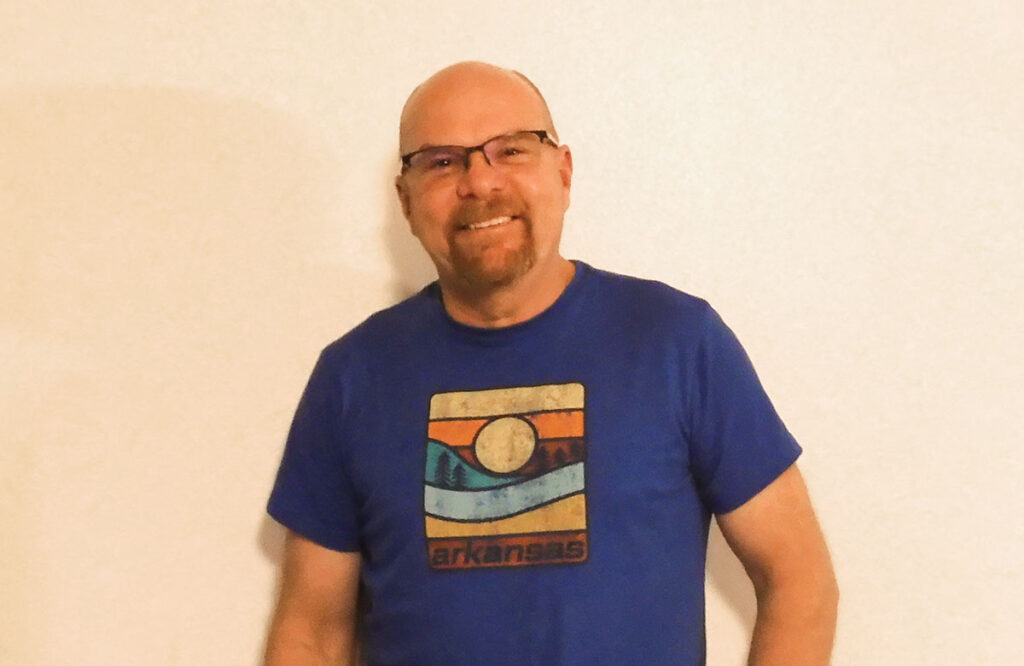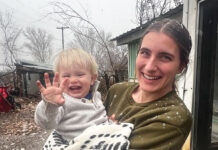
Hometown: West Fork, Ark.
Family: Wife Crystal, daughter Ashton (18), and sons Parker (16) and Bryson (15)
In Town: “I have worked for Ozarks Electric for 18 years and began as a construction crew chief for heavy equipment, later becoming a mechanic. I am now head shop foreman, a very diverse position including working on hydraulics and hydraulic electrical systems. Additionally, I have been a volunteer fireman for the West Fork Fire Department for 32 years. We service West Fork and nearby areas as needed. I have been a lieutenant for the last four or five years and was officer of the year for 2021. The department has over 40 people with only the fire chief and captain being full-time positions. For the last seven years my wife has worked for a bariatric surgeon at Roller Weight Loss, where she serves as the chief financial officer and the human resource person while also being an assistant manager. We live in town in a convenient, quiet area of town. Our three children have better access to friends and activities and the town life amenities are nearby.”
In the County: “Though I was not raised in an agricultural family, I have always loved cattle. I purchased 20 acres in 2005 in order to add agriculture to my life. I chose the piece of land because it has a good spring and use a spring-fed waterer without having to worry about freezing. I began with Katahdin sheep and sold lambs at auction.
Last spring, I sold my herd and switched to cattle because maintenance is less time-consuming and I love to eat beef. My long-term goal is to have cattle as part of my retirement plan. At this point I am growing my herd and retaining heifers. Currently, I have four commercial Angus breeding females bred by a bull who stays with them all of the time. My goal is to increase herd size to 10 to 12 breeding females.
“My biggest challenge is time so I often work in the dark. I use range cubes and sweet feed to keep my small herd happy and manageable. I have 7 acres set aside for hay. The cattle are never on that ground, which is very fertile and cut two to three times a year with each cutting ranging from 12 to 15 large bales. I also trade labor for some hay with a neighbor. I will fertilize the pasture as needed with my weed control program being mostly brush hogging. Because I have the natural spring, the hillside land allows water to run off while having sufficient moisture for both grass and animals. I had many friends and neighbors help me learn how to manage my little farm with many, like Ronnie Coker, explaining the importance of controlling flies. I look forward to my retirement life being as busy as my current one with cattle being one of the joys.”







